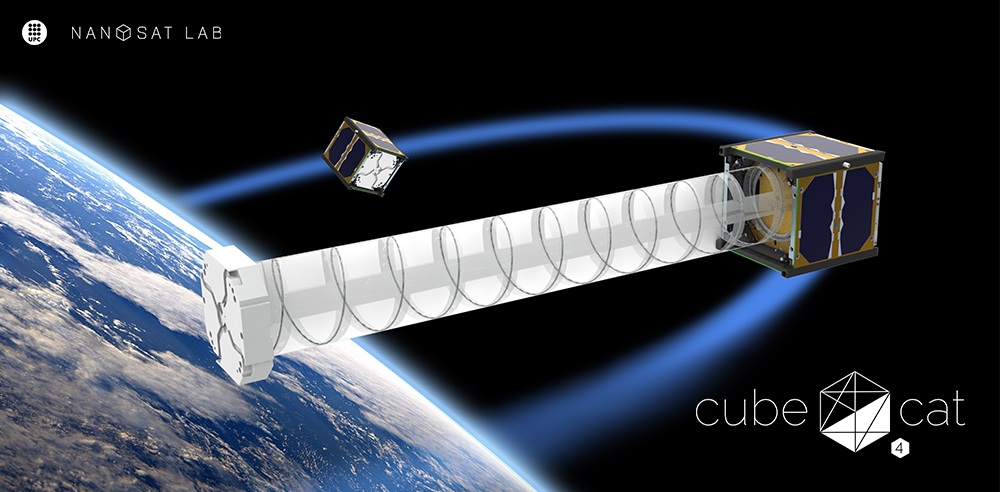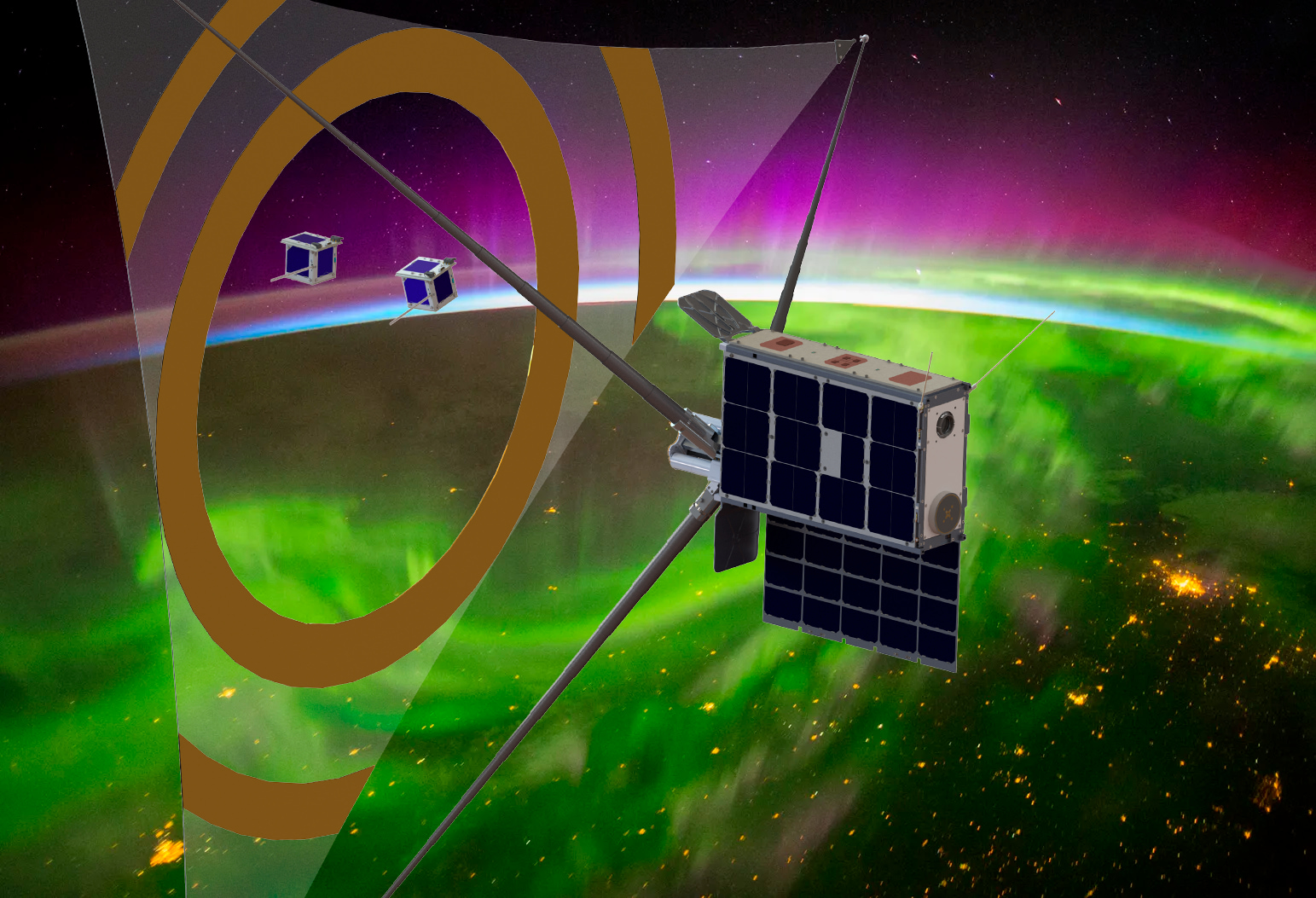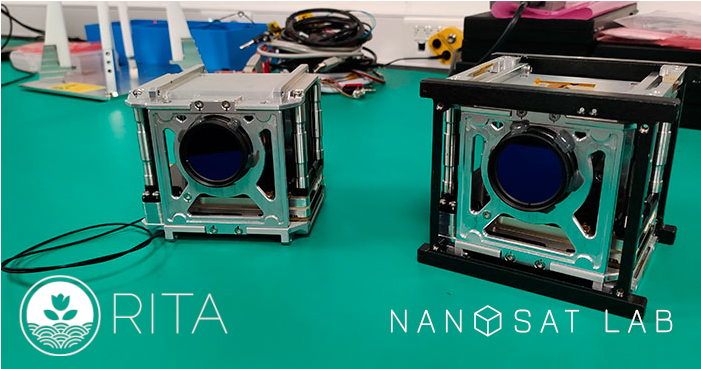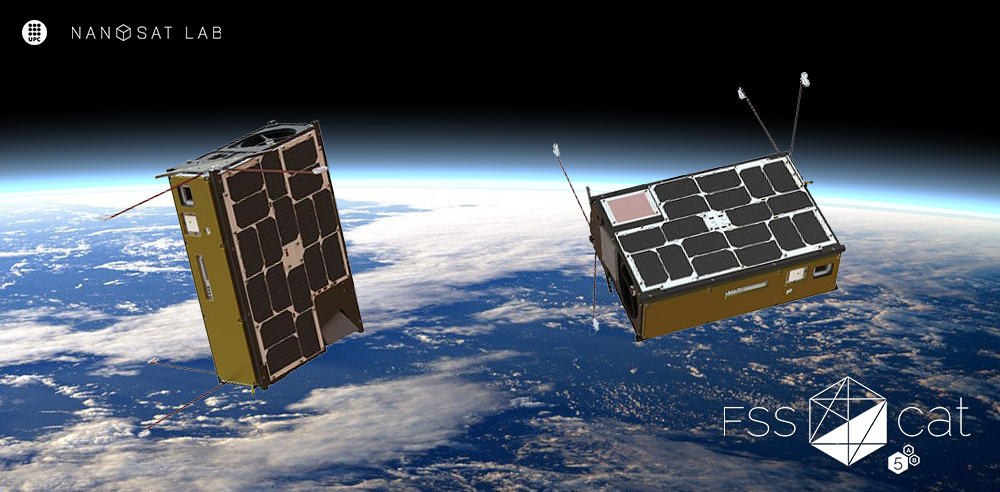· Adrian Perez-Portero · Mission · 2 min read
³Cat-1
The first satellite in the lab's CubeCat series
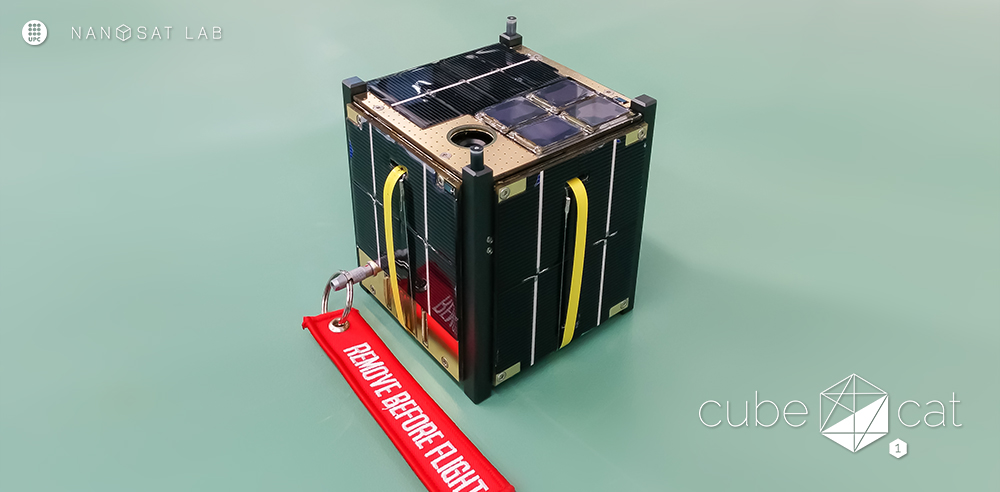
The ³Cat-1 (read “cube-cat-one”) is the first satellite developed in Catalonia and the inaugural mission in the CubeCat series by UPC’s NanoSat Lab. This small spacecraft integrates seven payloads within a 1U CubeSat design, aiming to explore the capabilities of the CubeSat standard.

Mission Overview
Goals
- Educational: Graduate and undergraduate students developed subsystems, conducted mission analysis, and designed/executed test campaigns using industry-rated equipment. This mission served as part of their degree theses or capstone projects.
- Technology Demonstration: Showcases the viability of COTS components and modules in small-spacecraft systems.
- Scientific Experiments: Includes payloads designed by research groups from the Electronics Engineering Department (DEE) and the Remote Sensing Laboratory (RSLab).
Key Information
| Attribute | Details |
|---|---|
| Spacecraft Class | 1-Unit CubeSat |
| Total Mass | 1.2 kg |
| Dimensions | 100 mm x 100 mm x 113.5 mm |
| Mission Status | Phase E: Launch Campaign |
| Launch Date | November 29th, 2018 |
| Launcher Details | PSLV C-43, ISRO (Sriharikota Launch Base) |
| Launch Sponsor | Institut d’Estudis Espacials de Catalunya (IEEC) |
Subsystem Details
On-Board Computer and Flight Software
- Processor: ATM91SAM9G20 (ARM9 core, 400 MHz)
- RAM: 64 MB SDRAM
- OS: Dual-kernel Linux patched with Xenomai for real-time capabilities
- Functions:
- Energy management
- On-board task scheduling
- Scientific experiment execution
- Communication protocol and sensor monitoring
Electric Power Subsystem (EPS)
- Battery Capacity: 1150 mAh Lithium-Ion
- Peak Power: 17 W (power bus), 3.3-10 W per Point-of-Load converters
- Solar Cells: Silicon-based, laser-cut for surface maximization (18% efficiency)
- Maximum Input Power: 1.2 W (conversion efficiency ~87.5%)
- Management: Decentralized DC/DC converters with overcurrent protection, interfaced with OBC via UART
Communication Subsystem
- Frequency Band: UHF (430-440 MHz)
- Components: TI CC1101 transceiver with RF amplifier (2 W output)
- Antenna: Cross-dipole with omni-directional pattern and circular polarization
Attitude Determination and Control Subsystem (ADCS)
- Passive Control: Permanent magnets and mu-metal strips for stabilization
- Active Control: Single-axis magnetorquer (enabled during stable attitude)
- Sensors: 6-DoF IMU (triple-axis magnetometer and gyroscope)
Payloads
1. Eternal Self-Powered Beacon Demonstrator
- Autonomous system powered by a Peltier cell using thermal gradients
- Outputs satellite identifier and temperature via UHF signals
2. CellSat Solar Cells
- Experimental photovoltaic cells (12% efficiency) developed by UPC’s Micro- and Nano-Technologies group
- Monitors degradation and performance in space
3. MEMS-Based Monoatomic Oxygen Detector
- MEMS device covered with a sensitive polymer for detecting monoatomic oxygen
4. Graphene Transistor In-Space Characterization
- Investigates the performance and degradation of graphene-based Field Effect Transistors (GFET) in space conditions
5. Plasma Effects in Wireless Power Transfer (WPT) Links
- Studies plasma’s impact on Resonant Inductive Coupling (RIC) used for WPT
- Includes two deployable coils exchanging energy across 4 cm
6. Low-Resolution CMOS Camera
- VGA resolution (640x480) camera interfaced with OBC for visible-spectrum imaging
7. Geiger Counter
- Measures ionized particles and radiation dosimetry, correlating radiation levels with satellite measurements
